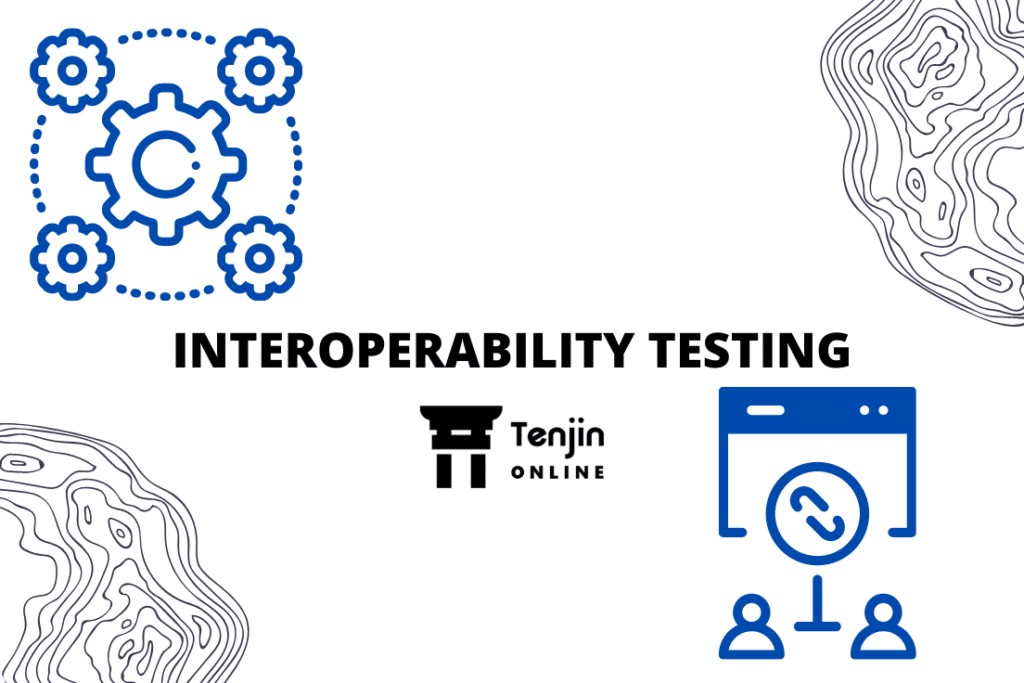
Behavior-Driven Development (BDD) is an agile software development approach that emphasizes collaboration between developers, testers, and business stakeholders to ensure software meets the desired behaviors and requirements. It focuses on defining the behavior of the system through examples in a shared language understood by all stakeholders. One critical aspect of BDD is test automation, which plays a pivotal role in validating the system’s behavior and ensuring its quality. In this article, we will understand the benefits of test automation in Behavior-Driven Development in detail.
Understanding Test Automation in BDD
BDD is a software development methodology that aims to align business goals and technical implementation by encouraging collaboration and shared understanding. Test automation in BDD revolves around automating the scenarios described in the feature files. These scenarios, also written in Gherkin (a plain-text language with a simple structure designed to be easy to learn by non-programmers), outline the expected behavior of the software under test in various scenarios or user interactions.
The first step in leveraging test automation in BDD is to define the feature files. These files serve as a common language between business stakeholders, testers, and developers. Each feature file typically consists of a set of scenarios, which describe specific use cases or functionalities of the software.
The given step sets up the initial state of the system, the when step represents the user action or event being performed, and the then step specifies the expected outcome or behavior. These steps are written in a descriptive manner that can be easily understood by non-technical stakeholders, enabling collaboration and reducing ambiguity.
Once the feature files are defined, the next step is to automate the scenarios. Test automation frameworks provide the necessary tools and libraries to translate the Gherkin steps into executable code. The code implementation behind each step interacts with the software under test, verifying its behavior and comparing it against the expected outcomes.
Benefits of Test Automation in BDD
Test automation has become an essential practice in modern software development, enabling teams to improve the efficiency and effectiveness of their testing efforts. When combined with Behavior-Driven Development (BDD), test automation can deliver even greater benefits by aligning the testing process with business requirements and fostering collaboration among stakeholders. Let’s explore the benefits of test automation in BDD and why organizations should consider adopting this approach.
Improved Collaboration
BDD promotes collaboration between developers, testers, and business stakeholders by encouraging the use of a common language to describe software behavior. Test automation in BDD enables this collaboration to extend into the testing phase. Automated tests written in a BDD format, such as Gherkin, provide a clear and understandable representation of expected behaviors. This facilitates effective communication between team members, eliminates ambiguity, and ensures that everyone has a shared understanding of the desired outcomes.
Improved Test Coverage
One of the primary advantages of test automation is the ability to execute tests more frequently and with greater test coverage. BDD allows for the creation of executable specifications, known as feature files, which serve as a single source of truth for both business requirements and test cases. By automating these feature files, teams can ensure comprehensive test coverage and minimize the risk of missing critical scenarios. Automated tests can be executed on-demand or as part of a continuous integration/continuous delivery (CI/CD) pipeline, providing early feedback on the quality of the software.
Early Detection of Defects
Test automation in BDD enables teams to identify defects early in the software development lifecycle. As soon as a feature or functionality is implemented, automated BDD tests can be executed to validate its behavior against the expected outcomes. This helps catch defects and issues at an early stage, reducing the cost and effort required for bug fixing later in the development process. By integrating test automation with BDD, organizations can achieve faster feedback loops and accelerate the overall delivery cycle.
Regression Testing and Maintenance
In agile software development, where frequent changes and updates are the norm, regression testing plays a crucial role in ensuring that new modifications do not introduce unexpected issues or break existing functionality. Test automation in BDD simplifies the process of regression testing by allowing teams to automate repetitive tests and re-run them whenever changes are made. This saves time and effort by eliminating the need for manual retesting, and it reduces the risk of human error. Additionally, maintaining automated BDD tests is easier compared to traditional test scripts, as they are written in a more business-readable and maintainable format.
Continuous Improvement
Test automation in BDD promotes continuous improvement by encouraging regular collaboration, feedback, and refinement of tests. BDD emphasizes the iterative nature of software development, and automated tests can be continuously updated and enhanced to reflect changing requirements or evolving business needs. By leveraging BDD’s focus on communication and collaboration, teams can ensure that their automated tests remain aligned with the latest specifications and business goals.
Conclusion
Test automation in BDD offers numerous benefits for software development teams. It fosters collaboration among stakeholders, improves test coverage, detects defects early in the development process, simplifies regression testing, and supports continuous improvement. By combining the power of BDD with test automation, organizations can achieve faster and more reliable software delivery while ensuring that their applications meet the desired business outcomes. Embracing test automation in BDD is a strategic investment that can drive higher productivity, better quality, and increased customer satisfaction. However, it’s important to note that test automation in BDD is not a magic bullet. It requires effort and investment in creating and maintaining the feature files, implementing the step definitions, and managing the test automation framework. It’s crucial to strike a balance between manual and automated testing, identifying the scenarios that are most suitable for automation while ensuring that critical areas are covered through manual testing and exploratory testing.


